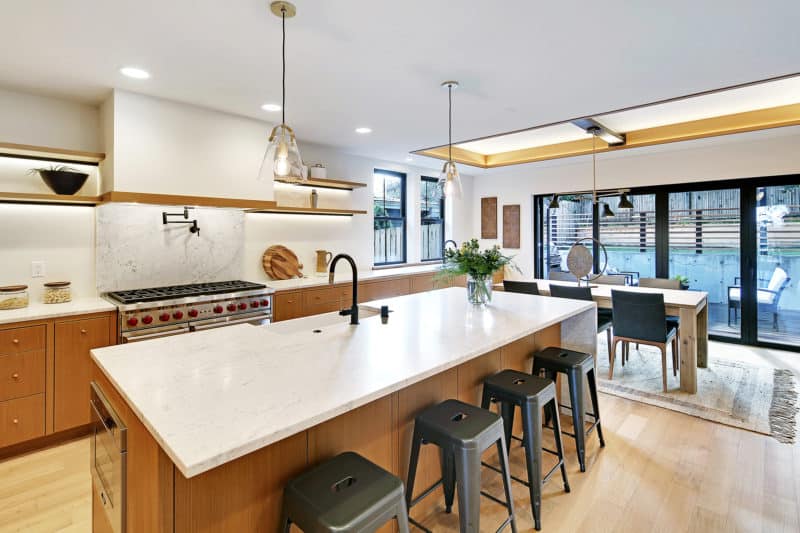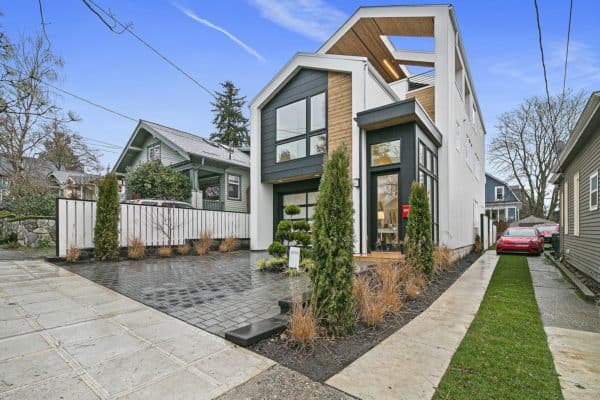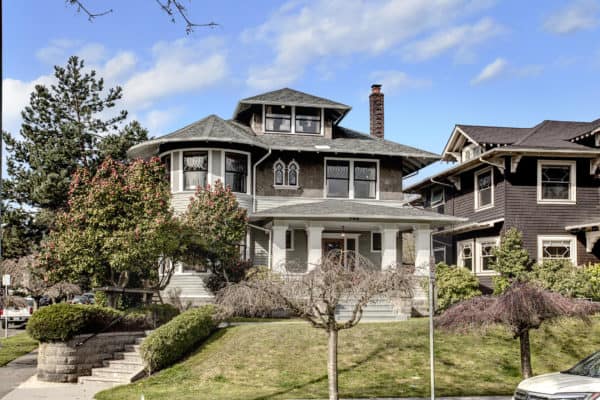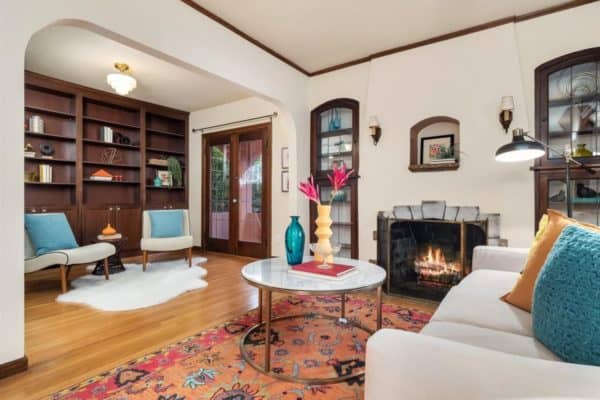Before you decide to put your home on the market, you should find out which modern-home features will indeed raise the price of your property. Not every home improvement has the same return on investment. And even then, ROI can vary. As a seller, you should know your area, the physical condition of your property, and your typical buyer. Once that is clear, you will effortlessly choose necessary modern-home features to implement. And later, a real estate agent and a home staging expert can assist you further in selling your home.
What does it take to raise property value?
Boosting your home value relies on making a balance between the renovation cost and its return. So, take a look at the newest interior design trends and start planning. You will notice that they all revolve around a few simple principles;
- fix what you can; replace only what isn’t worth fixing
- aesthetics should go hand in hand with functionality
- a smart feature isn’t always a smart investment
In the end, you should have a spruced-up home ready to impress potential buyers. Only a visually appealing, structurally sound, energy-efficient, and low-maintenance home can achieve expected return on investment.
The first impression begins at your driveway
Expanding your living space into your backyard entails consultations with experts, especially regarding the type of glass you will need to build a conservatory. Choosing between solar control glass and self-cleaning glass on one side or timber and aluminum frames on the other will make a difference in price. However, investing in a conservatory translates into as much as 10% of potential added value.
(Alt text: A well-maintained garden is an asset that adds value to your property.)
Plants have become an indispensable asset in interior design wherever there is a necessity to break the geometry of straight lines. However, blending the outdoors and indoors has many benefits, not only in the sense of design. It is difficult to ignore the health benefits of plants, especially when it comes to their noise-reducing, mood-improving, and air-purifying properties. Therefore, getting ideas for your in-house garden may be the first step toward a healthier and, thus, more attractive property.
Floor plan and minimalist design
What young buyers ask themselves today is not what you must do for your home, but what your home can do for you. In that regard, it doesn’t come as a surprise that homebuyers lean toward open floors and minimalist design. The open floor layout still affords privacy where it matters, while minimalism provides clean simple elegance, but not at the expense of storage space. Therefore, you might find yourself in a position to temporarily relocate most of your belongings for staging. You should take special care of your fragile items and properly prepare your art collection for transport to a nearby storage unit.
Increasing the amount of living space makes sense only if that space is going to be utilized. In other words, finishing your basement or turning your loft into another bedroom may be a good investment. However, you need to remember that those home improvements you’re intent on making need to correspond to the requirements of the market you are selling in. Luckily, the size of the house nowadays is not as important as it was. Buyers’ focus has turned to the overall functionality of the home and its aesthetic appeal.
Renovating the kitchen with taste
Kitchen remodeling is one of the home projects that will get your house in top-selling condition with a reasonable investment. Depending on the current state of your kitchen, you might consider repainting your cabinets and walls, updating your backsplash and countertops, and investing in new hardware.
(Alt text: A modern kitchen blends well into the open floor layout.)
Improved lighting and fixtures can have a critical impact on the impression your kitchen leaves after renovation. While task and ambient lighting should be a priority, don’t forget that accent lighting draws attention to modern-home features you’d want to show off.
Don’t let the high-end kitchen designs lead you into an expensive remodeling that won’t have a good return on investment. Your priorities should be functionality and a clean, new, updated look; not luxury.
Low-maintenance brings high returns
According to NAR (National Association of Realtors), return on investment for remodeling projects may vary from 52% to 105% depending on the project. However, the highest returns come from features that affect the physical condition of the house. Such improvements tell the buyer that the home is well-kept and doesn’t require immediate repairs.
The highest returns on interior projects, according to NAR, bring insulation upgrades (95%), installation of new wood flooring (91%) and refinishing of hardwood floors (100%). Regarding exterior projects, new roofing leads with 105%, and new garage doors and new vinyl siding follow with 87% and 83%, respectively.
Create a space-efficient house
The focus of the younger generations whose turn it is to buy property has switched to experiences rather than materialistic wealth. It means that potential buyers from this age category look for an easy-care house. The less they need to work around it, the more they’re ready to pay the asking price.
(Alt text: A house with well-kept driveway leaves a good first impression on buyers.)
It is difficult to find a home-buyer who doesn’t appreciate ample storage. Thus, creating in-house storage space wherever you notice dead space is an investment with a good ROI. Also, note that multipurpose rooms are gaining popularity. Why don’t you design a guest bedroom that can easily turn into a game room, study room or even a gym?
A functional home is a smart home
Implementing smart home features is a double-edged sword. While owning a smart home provides instant gratification, it might not pay off in the long-term. It is simply because science moves forward too fast for the market that follows it and costly modern-home features implemented today may become fairly obsolete in a couple of years.
Hence, the best course of action would be to add the smart features one at a time, carefully weighing their cost and return on investment over time. One of the smart home improvements that satisfy in that regard is the installment of smart, programmable thermostats. This technology allows for easy energy consumption management which, consequently, positively reflects on bills.
Author bio: Nina Swanson is a freelance graphic designer and an enthusiast for all things green and artistic. She likes to explore and write about green design features. She is also a guest author on blogs that share her love for art and applied design.
Feel free to share this post:




